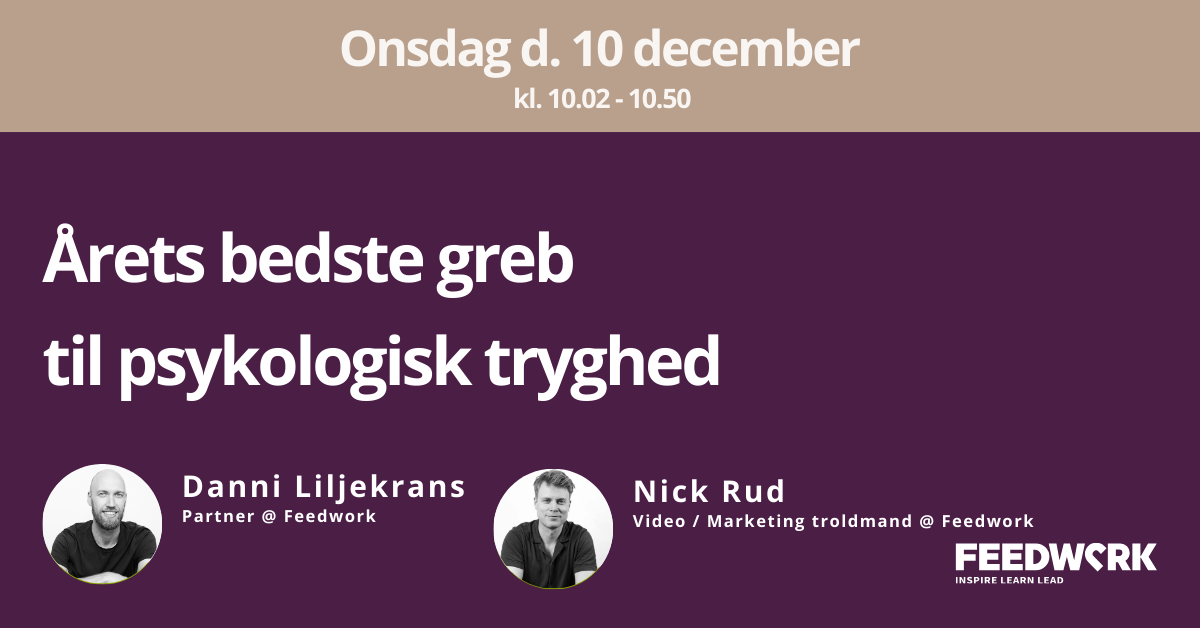TOOL TUESDAY
Feedback of 10%, 50% and 99%
Want to save time and increase productivity for your team? 📈
It may be a good idea to target feedback according to how far along you are in your project.
For example, it's nice to get feedback on proofs and grammar if you're really only in the idea phase of your project.
Does that sound complex? Actually, it isn't.
Hear Nick explain how you can use the 10%, 50% and 99% approach here.









.png)
.png)